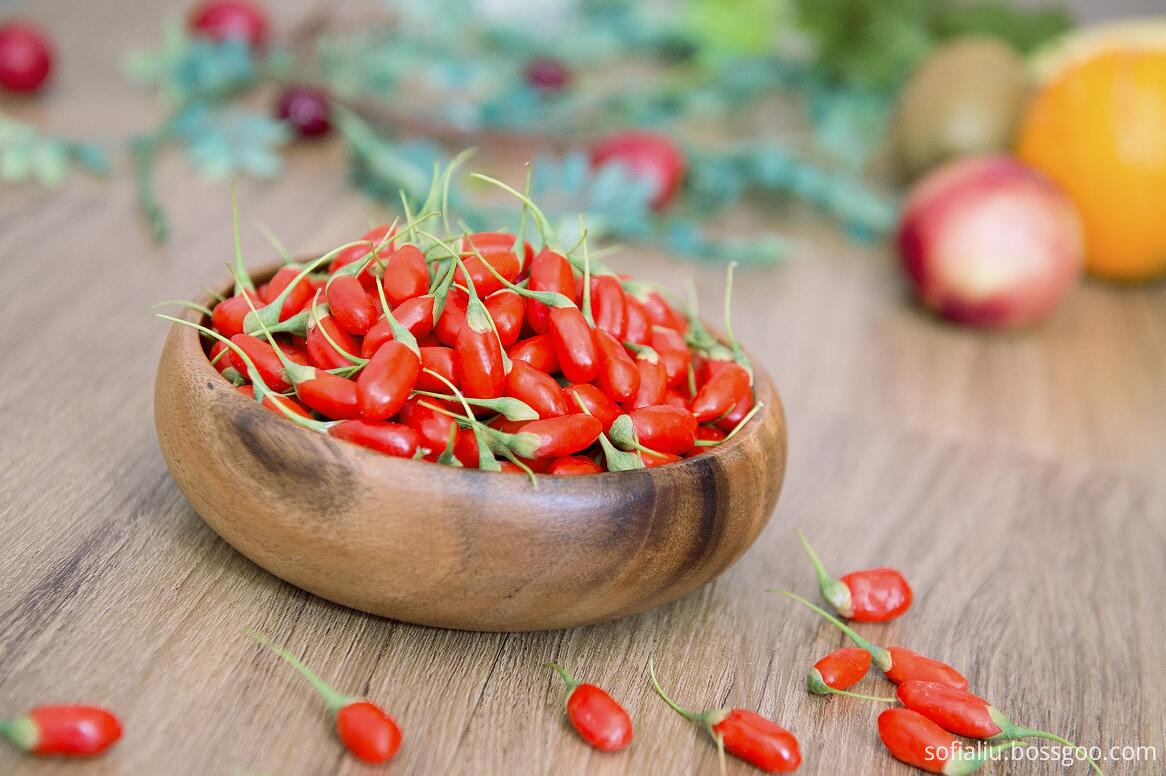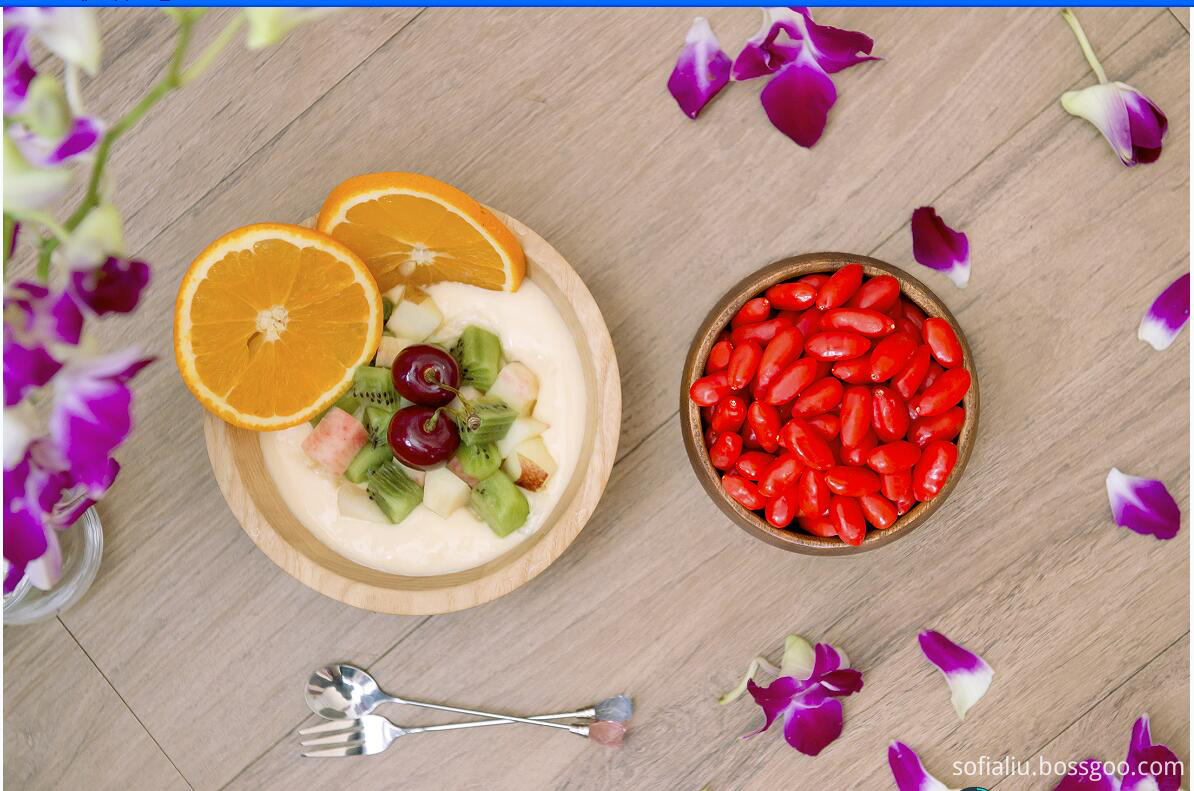Cress is rich in nutrients, refreshing and refreshing and is very popular with consumers. Because of its coolness, it is usually planted in mid-to-late September. It is listed in the winter and spring and is one of the main varieties of the winter-spring vegetable market. In order to ensure the annual production and annual supply of cress, the author conducted a pilot study on the production of Vossella vulgaris and achieved success. The cultivation area has been continuously expanded, and the entire season can be produced and supplied, with good economic and social benefits. Now we will introduce the cultivation techniques of the watercress celery as follows: 1 Select the fields and varieties to be planted? Select a soil that is convenient, fertile and slightly acidic to neutral in irrigation and drainage. The front rake may be wheat, rape, cress or other vegetables, or it may be In greenhouse vegetable gardens, there is a dry and dry crop rotation, and the shade nets need not be re-arrested. ? Product comparison screening, Yixing round-leaf cress varieties of high temperature resistance, good quality, suitable for planting season. 2 Soil fertilization? Reinforce the field hoe so that the height of the ridge can ensure that there is a 5cm shallow water layer. After the rake is harvested, plough up the ridge and rake it early, apply enough basal fertilizer, and then apply the basal fertilizer. The field of new species of cress was planted with 2,000 kg per 667 m2 of turf-removing slag green manure before 10 days before planting, and 100 kg of ammonium bicarbonate and 50 kg of potassium chloride were applied 3 days before seeding. Old cress fields do not necessarily have organic fertilizer. Afterwards, till the fields are flat, light, rotten, cooked, and then built. For larger plots, the “Tian†shape ditch should be opened to facilitate field irrigation and drainage operations. Generally, the width is 2 to 3 meters, but it must be matched with the shade covering method. If it was originally a 6m wide shed, 2 畦 can be built, and irrigation and drainage trenches can be opened at the same time. 3 Shelter shading? Before setting up the awnings, steel sheds can be used, or a flat cover can be used. The height of the flat cover must be controlled at about 1.5m to facilitate operation and management. More rainstorms in summer, so the awning's skeleton must be solid and strong, so as not to collapse. It is advisable to use a shading net with a shading rate of more than 70%. • Preparation of 4 strains Volvariella Vulgaris can usually be selected for germination in the middle or late June. Select the stems with a diameter of 1cm and a length of about 1m in the reserved field, cleave the base after cutting, remove the impurities, and bundle them into a round bale with a diameter of 20 to 30cm. Cut out the top part. Then select the cool place for stacking. Place a layer of straw in front of the stack, then stack the cress bundles in layers. The stack height should not exceed 1m. After stacking, cover 1 layer of straw. Sooner or later, pour cold water every time, cool and moisturize. Turn it on every 3 days in the cool morning. Rinse and remove rotten leaves, re-piled, and change the position so that the germination is consistent. When the mother stem buds sprouted and developed 2 ~ 3cm can be seeded, generally about 10 days. Each batch of priming must be determined according to market demand and labor conditions, germination in batches, seeded in batches, and uniformly listed. ? 5 rows of buds to promote good shoots with a knife cut into 30cm long to be used. The stem base segment and the middle segment are used separately for seeding, which is conducive to uniform emergence. The experimental observation shows that the axillary buds in the stem base are full and full, the growth potential is strong after emergence, and there are many sprouts in the stem nodes. Generally, 2 seedlings can be formed, and up to 4 seedlings can be formed. The middle axillary shoots are not sufficiently enriched, and the growth is weak after emergence. Less germinating. No matter whether stem base axillary buds or middle axillary buds, sparse stems are rarely produced. The watercress must be densely planted. The amount of 667m2 used is about 1000kg. The row should be selected on a cloudy or sunny evening to prevent the sun from sprouting. The method is to discharge evenly and parallelly from one end of the weir to the other, with a spacing of about 3 cm. Can also be the same density, the base of the mother stem outward, along the malleolus after 1 row, spread out in the middle, and timely hand or bamboo raft leveling, dial evenly. When the seeds are planted, the sidewalks are leveled to flush the footprint ponds, and the rowing and rowing is made to make the seedlings fully contact with the ground in order to take root. In order to facilitate the operation, the water layer shall be filled during seeding and the water shall be drained after the seeds are planted to maintain the majority of the ditch water in the gutters. The gizzards shall be fully moistened without accumulation of water so as to prevent the high temperature from increasing the temperature and burning the buds. 6 Field Management 6.1 The growth period of top-dressing watercress is short. On the basis of applying base fertilizer, the new species of cress field generally follows 2 times of fertilizer, ie, when the seedling height is 10cm, it is applied with imported NPK compound fertilizer (15:15:1). 15 or 16:16:16) 10 to 15 kg, again every 10 days. When the old cress field is 10cm high, it can catch 15kg NPK compound fertilizer. After spraying, swab the plants with water spray or broom so as not to cause fertilizer damage from the fertilizer that has fallen on the leaves. 6.2 Aquifers should maintain a moist and water-free layer after the water layer is managed to prevent water accumulation and soil cracking. In case of heavy rain, water should be promptly removed to prevent seedlings from floating or eroding. When most new seedlings sprouted from the axillary buds on the mother stem, they need to be drained for 1 to 2 days to dry the soil to a slight crack on the surface to promote deep rooting, and then the shallow water should be filled according to the size of the plant. 3 to 5cm. However, daily night irrigation must be done to prevent the temperature of the water from rising during the day and it may burn the seedlings. If the temperature is too high, it is better to use the method of well water side irrigation, flow irrigation cooling. 6.3 Homogenous seedlings may cause uneven seedlings due to various reasons. Due to the short duration of growth, the density will directly affect the yield and quality. If the plant density is uneven, it can be combined before the 5 leaf stage. The grass is used to make up seedlings and make up to 280 seedlings per square meter. 6.4 Diseases and pests prevention and cure Vossa celeriac grows for a short period of time and rarely causes diseases. Occasionally Spodoptera litura is harmed, and it can be controlled by Lethmus. 6.5 Promote growth about 30 cm above the seedling height in about one week before harvesting. Use 1 g gibberellin to spray about 15 kg of water on the plants. Use 30 kg of solution per 667 m2 to increase the plants rapidly. The stems will become tender and brittle and increase. Yield. However, it must be noted that the harvest must be completed within 4 to 7 days after spraying, otherwise the stalks will age and the quality will decline. Therefore, it must be sprayed in batches according to the harvested amount. ? 7 Harvest? Watercress growth period 35 to 40 days, if the growth period is too long, the quality of decline, so it is timely harvest. Usually can be used to cut off the mud, cleaning and finishing into a small can be listed, generally 667m2 output of about 3000kg, the output value of more than 5,000 yuan.
Goji berries nutrients improve cell communication and have antioxidant as well as anti-inflammatory properties. These substances have been shown to increase mitochondrial function and detoxification. It has also been shown that nutrient dense foods such as Goji berries are far superior to supplementation with isolated nutrients contained in juices, capsules or tablets.
Goji berries have been in use for at least the last 1,700 years. They have become a staple in not only in Eastern cuisine, but also Eastern medicine.
In Chinese mythology, goji berries are known as the fruit of immortality. Even today, Chinese medicine uses goji berries to treat the liver, immune system, circulation problems, and more.
.
Funtion of Goji Berry:
1) Inhibit tumor growth and improve disease resistance;
2) Powerful anti-oxidant which extends life, and improves the memory;
3) Neutralize the side effects of chemotherapy and radiation;
4) Normalize blood pressure & balance blood sugar
5) Lower cholesterol, lose weight.
6) Support eye health and improve your vision.
7) Support healthy liver function.
8) Support normal kidney function
9) Increase calcium absorption

Please feel free to leave us message.
Any inquiry would be replied within 2 hours on working days!
Production Specification Sheet
|
Product Name
|
Goji Berry
|
Country of Origin
|
Ningxia in China
|
|
ANALYSIS
|
DESCRIPTION
|
TEST METHODS
|
|
Product Name
|
Conventional Goji Berry
|
Organic Goji Berry
|
|
Form
|
Spindle and slightly shrinks
|
SN/T 0878
|
|
Color
|
Bright red or purplish red
|
SN/T 0878
|
|
Taste and Smell
|
Characteristic
|
SN/T 0878
|
|
Size
|
280granule/50gram
380granule/50gram
500 granule/50gram
|
160granule/50gram
220granule/50gram
Ungraded
|
SN/T 0878
|
|
Total bacterial count, cfu/ml
|
≤100000
|
GB4789.2
|
|
Salmonella
|
Absence
|
GB/T 4789.4
|
|
SO2
|
NMT 30
|
SN/T 0878
|
|
Moisture, %
|
NMT13
|
GB/T 5009.3
|
|
Pb, mg/kg
|
NMT 2.0
|
GB/T 5009.12
|
|
As, mg/kg
|
NMT 1.0
|
GB/T 5009.11
|
|
Cu, mg/kg
|
NMT 10.0
|
GB/T 5009.13
|
|
Pesticide Residue
|
Acetamiprid <0.2PPM;
Imidacloprid<0.2PPM;
Fenvalerate<0.1PPM;
Cypermethrin<0.1ppm
negligible with other pesticides
|
Negative
|
GB/T 19648-2006,
GB/T 200769-2008
|
|
Shelf life
|
12 months months if stored in a cool ventilated dry place
|
|
Package
|
4.54Kg/Bag, 4Bags/ Carton (10Pounds/bag,4bags/Carton);
5KG/Bag,4Bags/Carton
|
|
Storage
|
It should be stored under the dry and ventilated environment in original bag, the temperature no more than 20 ℃
|
Conventional Goji Berry
Conventional Goji Berry,Conventional Goji,Conventional Dried Goji Berries,Conventional Wolfberry
Ningxia Wolfberry Goji Industry Co.,ltd , http://www.nx-wolfberry.com

